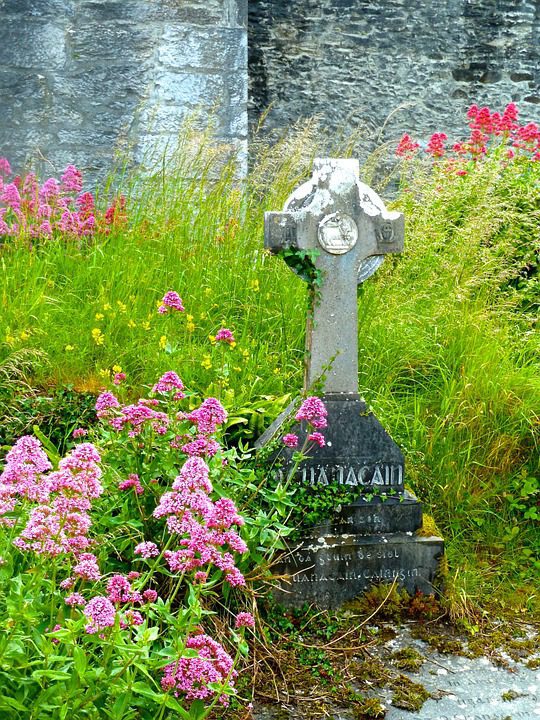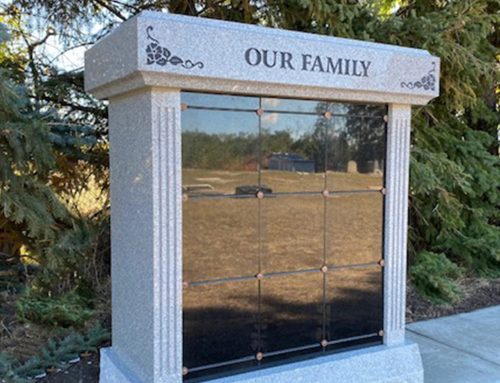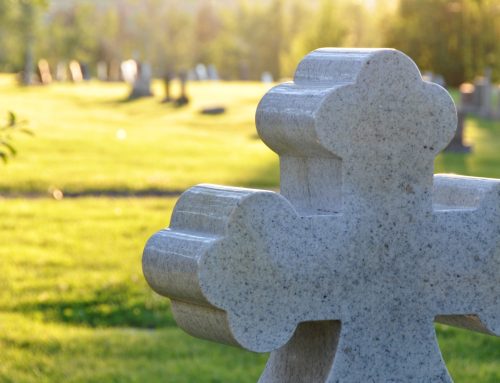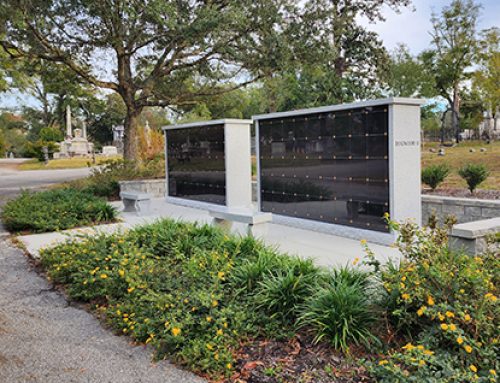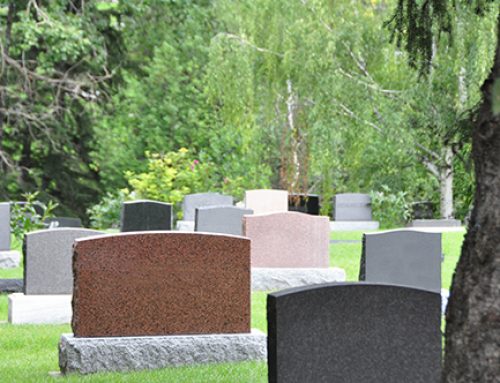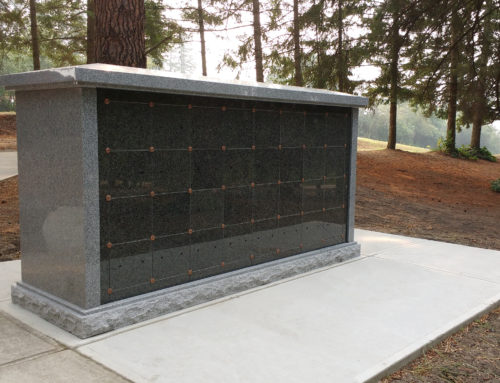Losing someone we love can be quite a traumatic experience. We often find ourselves wishing we could have had more time with our loved one to talk and share more moments together. This longing to still be with our dearly departed is probably the very reason why some of us devote so much time and effort into finding and personalizing the best memorial marker possible. It is not just about coping with the loss, but it is our way to commemorate a life we don’t want to forget.
Markers, monuments and memorials are personal. They are an epitome of the person that once lived. It is important that they reflect the elements of ones life, accomplishments, interests and expressions of love. Reflecting on these ideas and emotions can be a painful process as one continues to recover from the loss. For some people, selecting and designing a monument recently after a passing can be too difficult.
We recommend you take your time and heal as best as you can before proceeding with deciding on a monument. Time is on your side. And you should never feel pressured into making a decision during such an emotional time in your life.
Making a decision as to which memorial is best may feel quite daunting, as the selection and varieties seem endless. So to ensure you are making the right decision, let this be a guide:
• Budgetary restrictions may be a concern. Ensure with the monument company’s sales and graphics designers what options will best serve your financial needs. There are shapes and sizes of monuments that are designed to meet everyone’s budget. Establish your costs up front.
• Take into consideration the kind of design that is allowed in the memorial park. Every cemetery has their set of rules and restrictions regarding size, shape and even the type of stone that should be used. Be aware of the memorial landscape so that the monument you choose will be appropriate and compliment the space.
• When thinking of design for the memorial, keep the person in mind. To whom it is for and what you remember most about them. Write down a list of memories to help guide your decision making process. Think about: their faith, interests, hobbies, favorite books, quotes, poetry, or slogans that define their character. Perhaps you can recall previous conversations about how they wished to be represented. Always consider how the person wished to be remembered.
• Some monuments are designed to commemorate the life of more than one person. Consider planning ahead of time with all family members or individuals involved. In North America we tend to shy away from discussions about death and interment, but having a frank and open discussions prior to a death might provide everyone with the peace of mind that their interests and desires are heard. Ensure all parties involved are in agreement with the shape and design.
• Things that will have to be considered in the design process are: font, layout, photographic imagery, engraving, sculpture, text and graphic details. Considering all of these elements individually can seem like an onerous and time consuming process, but with guidance and time to reflect, it is important that you are 100% satisfied with the monument design before it is engraved.
Ultimately a monument is dedicated to the deceased. It is our way to say goodbye and commemorate a life well lived. It is a memorial for the living, to be enjoyed and appreciated by future generations. It is our final homage.
Image Source: pixabay.com

